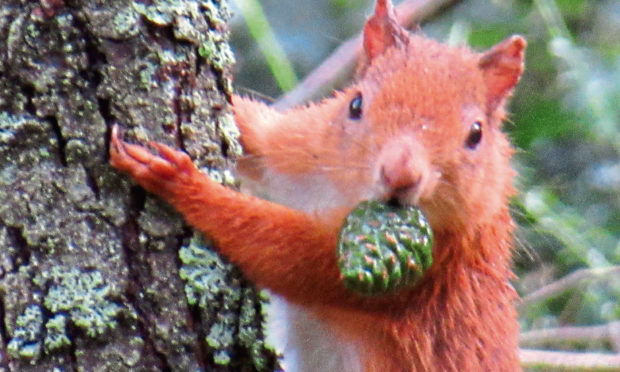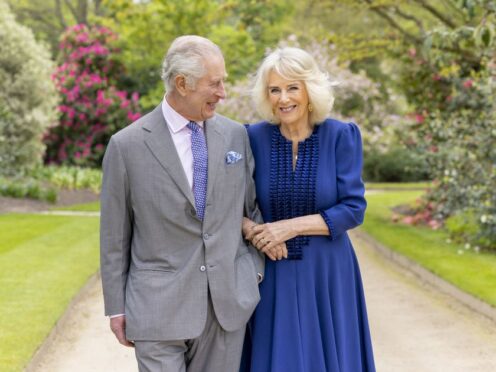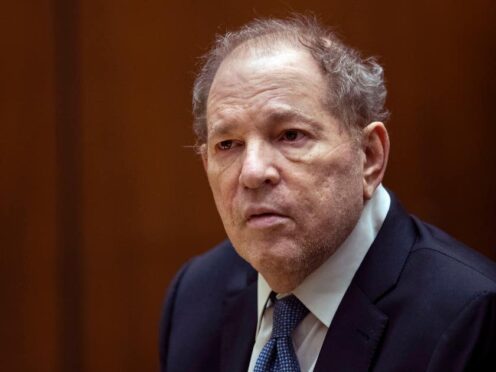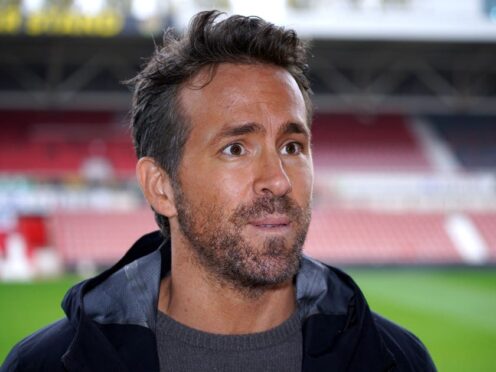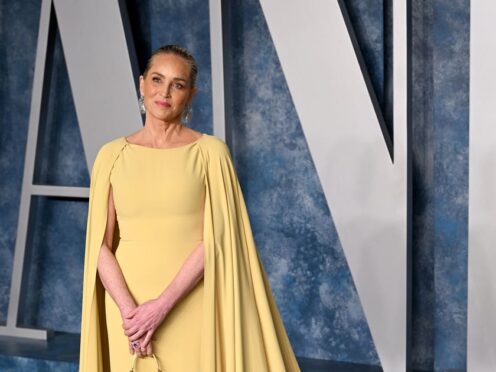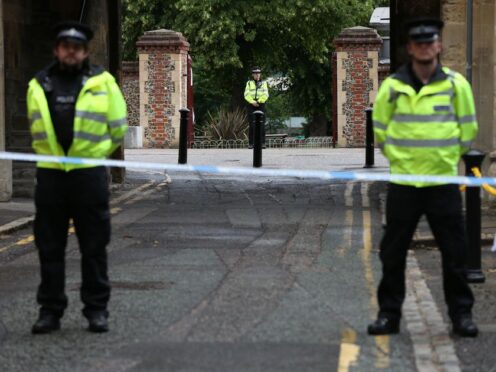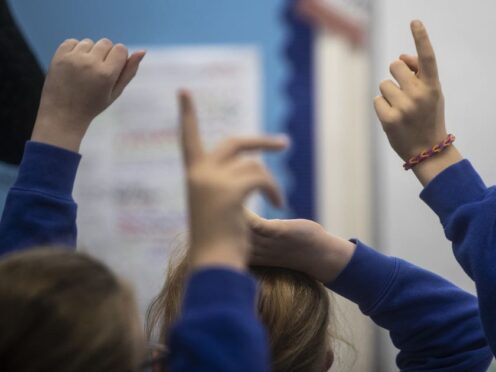Almost one-quarter of Britain’s native mammal species, including red squirrels, wildcats and beavers, are at risk of extinction, a new assessment warns.
The first official Red List for British Mammals, which meets international criteria used to assess threats to wildlife such as elephants and tigers, shows that 11 of our 47 native mammals are at risk of extinction.
They are in a precarious state for a range of reasons, from historical persecution to the use of chemicals, development, a loss of habitat and the introduction of non-native species.
Wildcats, with fewer than 20 in the wild in Scotland, and greater mouse-eared bats, with just one known individual, are at the highest risk of going extinct and are classed as critically endangered.
Beavers, which have been reintroduced in recent years after being hunted to extinction by the 1600s, are endangered in Britain, as are red squirrels, water voles and grey-long eared bats.
Hedgehogs and hazel dormice are among those classed as vulnerable to extinction, and a further five species, including mountain hares and harvest mice, are considered to be “near threatened”, as they could become at risk in the near future.
The European wolf, which vanished from Britain in the 17th Century, is classed as extinct in the assessment, which looks back as far as the year 1500, but lynx and bear are not included as they went extinct here before that time.
For the first time the Red List has been formally accepted by the International Union for the Conservation of Nature (IUCN) on a regional basis, which means it meets the internationally-agreed criteria for assessing threats to wildlife.
It has been produced by the Mammal Society for government conservation agencies Natural England, Natural Resources Wales, Scottish Natural Heritage (NatureScot) and the Joint Nature Conservation Committee.
Mammal Society chairwoman and professor at Sussex University Fiona Mathews, who led the report, said it shows a need for a change of approach, with funding and action prioritised on generating results for mammals.
“In areas ranging from the planning system to funding for habitat creation, there is a need for more sustained monitoring and intervention over the long term to make sure schemes deliver,” she said.
“It’s about right across the whole of the landscape, whether it’s urban areas, peri-urban areas or rural areas, we are making space so other animals can get the resources they need, so they have food and have shelter, because that’s the only realistic way forward.”
